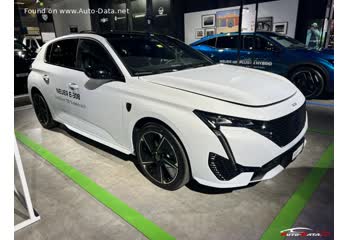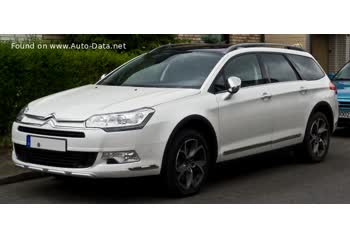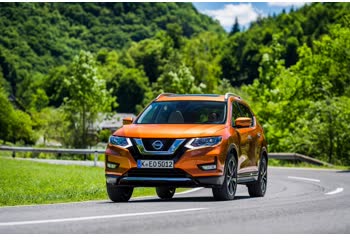Tout ce que vous devez savoir sur les spécifications et les performances - Peugeot 308 2017 - GT 2.0 BlueHDi (180 Hp) Automatic

Présentation:
Quelle est la cylindrée d'un Peugeot 308 2017 ?
La capacité du moteur de la Peugeot 308 2017 est de 1997.
Peugeot 308 2017 Combien de chevaux-vapeur ?
La puissance du moteur de la Peugeot 308 2017 est de 180 Hp @ 3750 rpm.
Quel est le moteur Peugeot 308 2017?
Le moteur Peugeot 308 2017 est AHW DW10FC. (Cliquez pour voir d'autres voitures utilisant le même moteur)
Combien de carburant consomme une Peugeot 308 2017 ?
La Peugeot 308 2017 consomme 4.4 litres d'essence pour 100 km.
Général:
Moteur:
Performances:
Espace:
dimensions:
Groupe motopropulseur, suspension et freins:
Voir aussi

Dernière génération.
Sa production a commencé en 2023 jusqu'à 2025

Autre génération.
Sa production a commencé en 2010 jusqu'à 2011

Même moteur. (AHW DW10FC).
Sa production a commencé en 2015 jusqu'à 2015

Même moteur. (AHW DW10FC).
Sa production a commencé en 2015 jusqu'à 2017

Même moteur. (AHW DW10FC).
Sa production a commencé en 2015 jusqu'à 2017

Même année de production et presque la même capacité moteur.
Sa production a commencé en 2017 jusqu'à 2018

Écrire un commentaire